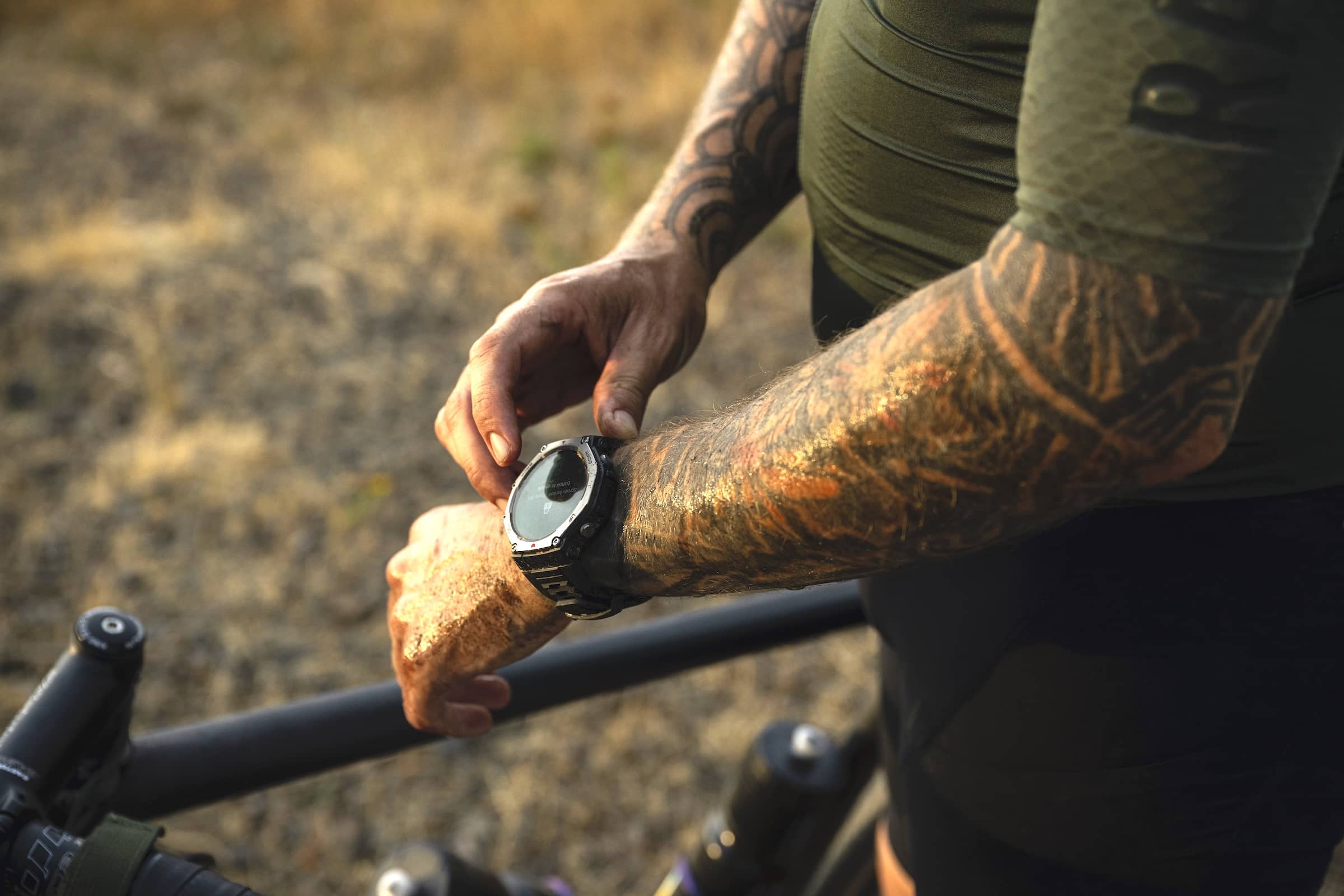When it comes to smartwatch accuracy, debates rage louder than a gallery at the Masters. From weekend joggers to serious athletes, we all want data we can trust—distance, pace and heart-rate readings that don’t have you thinking your watch’s idea of a “mile” is closer to a furlong.
In this article, we’ll dig into the nuts and bolts of sensors, performance and battery life, and why the real win comes from consistent, long-term insights rather than chasing perfection in a single workout.
The evolution of PPG sensors
At the heart of every modern sports watch is the photoplethysmogram (PPG) sensor. This nearly century-old technique measures blood-volume changes in the microvascular bed of your wrist through reflected light.
Early editions leaned on simple green LEDs—but if you broke a sweat or had darker skin, you might as well have blinked Morse code at the moon.
Fast-forward through a few refresh cycles and we saw infrared light added for better sleep readings, denser LED arrays, and smarter algorithms to filter out noise.
Today’s top tier, like Amazfit’s BioTracker™ 6.0 PPG sensor in the Amazfit Active 2 and T-Rex 3, combines dual LEDs with five-photo detectors (5PD).
Paired with AI-driven algorithms, it reads your unique signals and refines itself over time—so every heartbeat is a little more accurate than the last.
Balancing precision with power
Here’s the rub: better sensors sip more juice. Cranking up sampling rates and toggling multiple wavelengths can furl your brows—and drain your battery.
Features such as 24/7 blood-oxygen monitoring deliver powerful insights but can leave you hunting for a charger by the day’s end.
Brands like Amazfit counter this with intelligent sensor activation, firing up higher-power modes only when they matter—during workouts or sleep cycles—and coasting on low-drain tracking the rest of the time.
The result? Multi-day battery life without sacrificing the kind of real-time biometrics serious users demand.
Why long-term data beats one-off numbers
I remember testing a prototype on the golf course—between swings, the watch dutifully logged my errant heartbeats when the match got spicy.
The take-away wasn’t how fast my ticker raced on hole 15, but how my sleep and stress patterns the night before set me up for disaster (or delight).
That’s why metrics like sleep quality, resting heart rate, HRV, stress, skin temperature, fatigue and SpO₂ only come alive when viewed across weeks or months.
Amazfit’s Readiness Score aggregates all these signals into a single, actionable number—so you know if today’s a heavy-lift day or a rest-and-recover affair.
Putting smartwatch accuracy to the real-world test
Make no mistake: smartwatch accuracy doesn’t rival clinical-grade gear, especially under high-intensity loads. Wrist-based HR readings can lag a dedicated chest strap, and GPS can wobble in tree-choked trails.
But with stable, repeatable measurements from the same device, you can spot true trends: that hill repeats improve your pacing, or that Sunday brunch sends your SpO₂ plummeting (we all have our weaknesses).
Devices like the Amazfit Active 2, powered by BioTracker™ 6.0, strike a compelling balance—good enough GPS, refined PPG, AI polish and days of battery life.
For serious amateurs and weekend warriors alike, that equation usually adds up to smarter training decisions over time.
The bottom line on smartwatch accuracy
So how accurate are smartwatches really? They’re not medical instruments—but they don’t need to be. What matters is this: consistency.
When your watch delivers stable, comparable data day in and day out, you can make informed choices about training load, recovery and performance.
And that, dear reader, is the real power of wearables—no perfect reading required.





